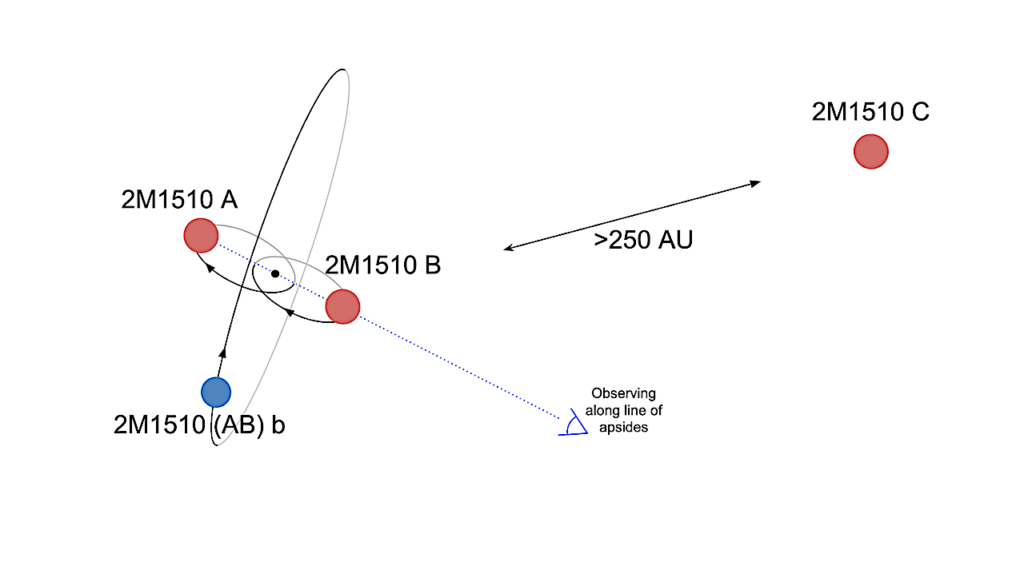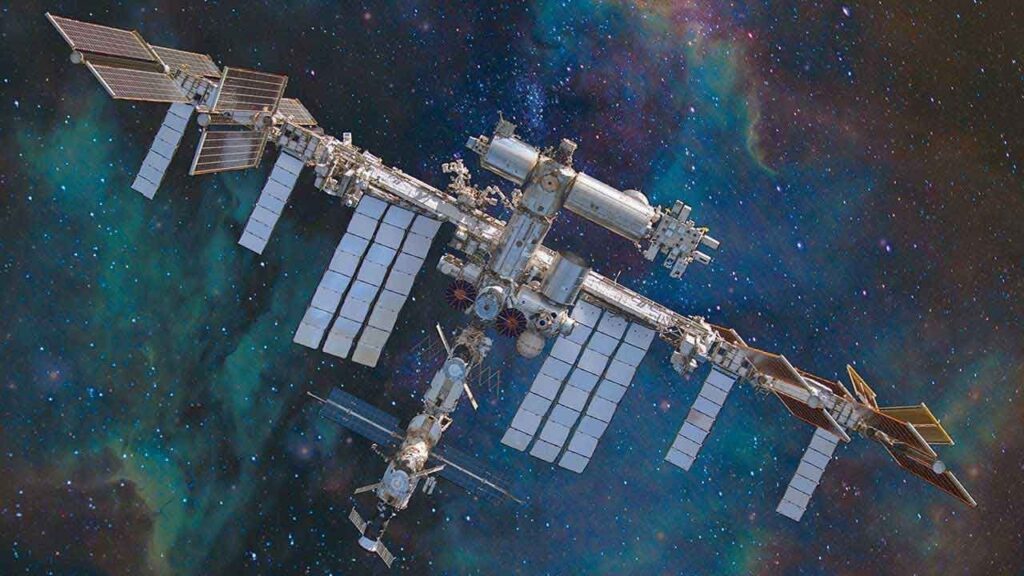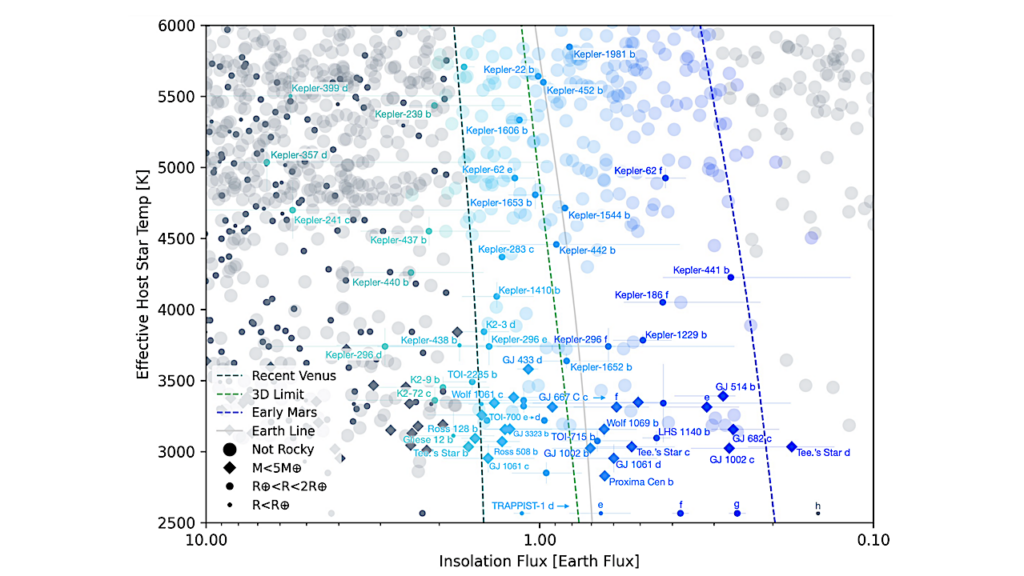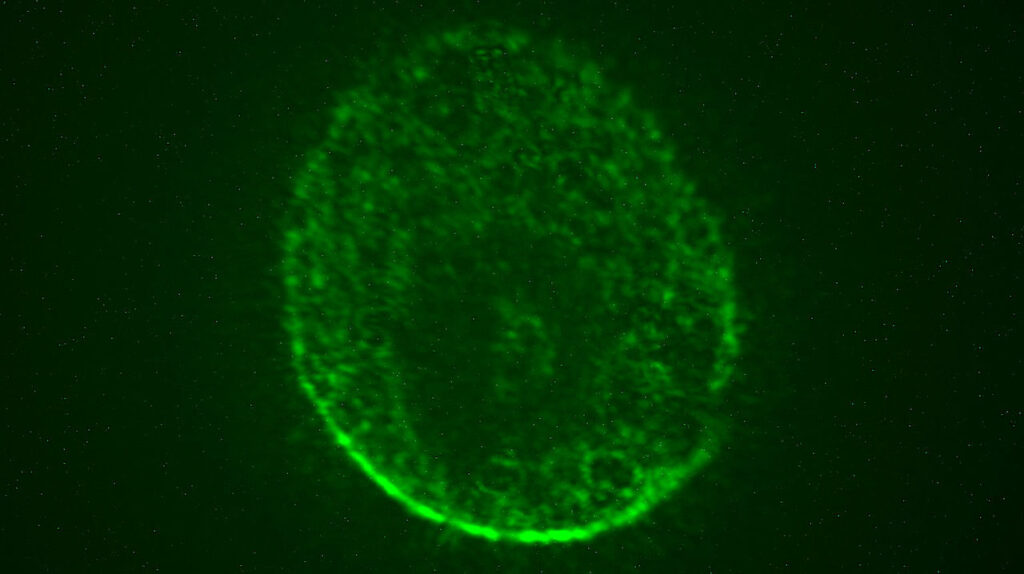A Self-Replicating Radiation-Shield for Human Deep-Space Exploration

The greatest hazard for humans on deep-space exploration missions is radiation. To protect astronauts venturing out beyond Earth’s protective magnetosphere, advanced passive radiation protection is highly sought after.
In search of innovative radiation-shields, biotechnology appeals with suitability for in-situ resource utilization (ISRU), self-regeneration, and adaptability.
Certain fungi thrive in high-radiation environments on Earth, such as the contamination radius of the Chernobyl Nuclear Power Plant. Analogous to photosynthesis, these organisms appear to perform radiosynthesis, utilizing ionizing radiation to generate chemical energy. It has been postulated that the absorption of radiation is attributable to the pigment melanin. It is further hypothesized that this phenomenon translates to radiation-shielding properties.
Here, growth of Cladosporium sphaerospermum and its capability to attenuate ionizing radiation, was studied aboard the International Space Station (ISS) over a period of 30 days, as an analog to habitation on the surface of Mars. At full maturity, radiation beneath a ≈ 1.7 mm thick lawn of the dematiaceous radiotrophic fungus was 2.17±0.25% lower as compared to the negative control. In addition, a growth advantage in Space of ~ 21% was observed, substantiating the thesis that the fungus’ radiotropism is extendable to Space radiation.
A Self-Replicating Radiation-Shield for Human Deep-Space Exploration: Radiotrophic Fungi can
Attenuate Ionizing Radiation aboard the International Space Station
Graham K. Shunk, Xavier R. Gomez, Christoph Kern, Nils J. H. Averesch
doi: https://doi.org/10.1101/2020.07.16.205534
https://www.biorxiv.org/content/10.1101/2020.07.16.205534v1.full.pdf
Astrobiology








